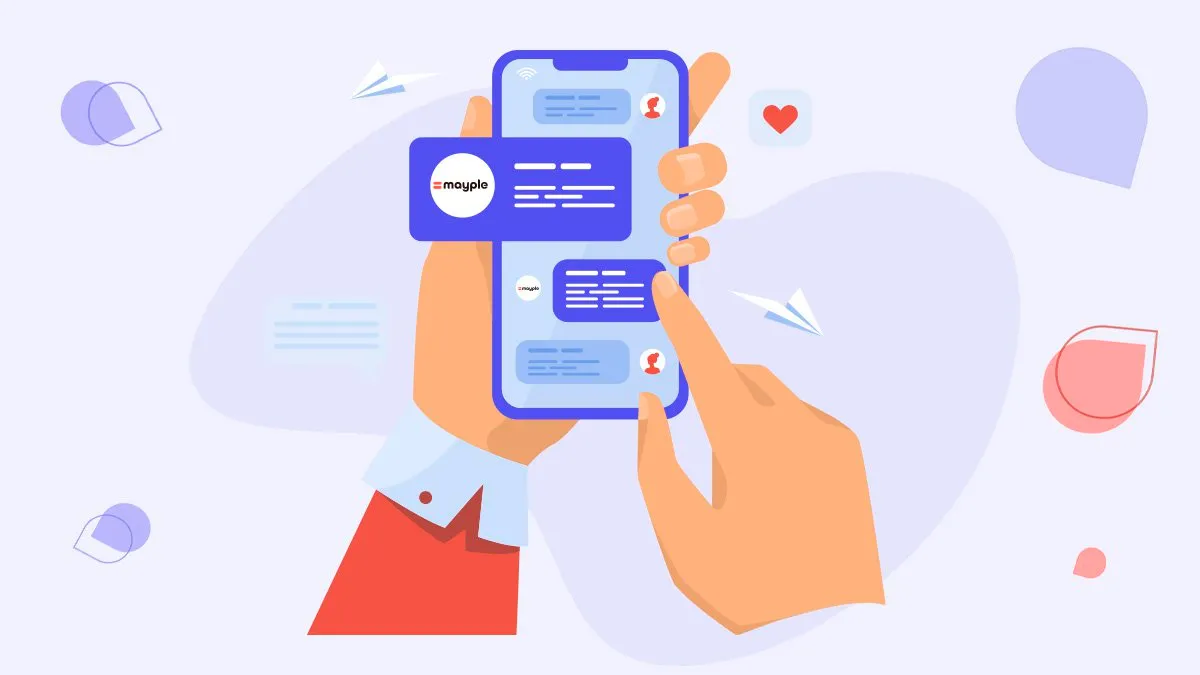How Companies Use SMS to Reach Customers

Text messages might not seem glamorous, but they’re one of the most effective ways for businesses to reach people. While social media algorithms keep changing and emails often sit unopened, texts almost always get seen. That makes SMS a direct, personal, and reliable channel for connecting with customers in real time.
For businesses of all sizes, this immediacy is a big deal. Whether it’s a local café sending out a daily special, a healthcare clinic reminding patients of appointments, or an eCommerce brand announcing a flash sale, SMS offers a fast and personal way to communicate. With bulk SMS tools, companies can now send thousands of messages at once, personalize them for different audiences, and track results. Also, bulk texting costs far less than traditional options like print ads, direct mail, or even most digital advertising.
The Power of Immediacy
Text messages are opened fast — usually within minutes. That’s what makes them ideal for time-sensitive updates like flash sales, event reminders, delivery notifications, or service alerts.
Take a retail store running a weekend sale. An email might get buried under dozens of other messages, but a text that says “Show this message for 20% off today” is likely to be seen and acted on right away. For urgent communications, such as weather-related closures or last-minute changes, SMS outperforms every other channel.
Reaching Customers Everywhere
Another big advantage of SMS is accessibility. You don’t need an internet connection or a smartphone app to receive a text. Every mobile phone can get SMS messages, which means brands can reach nearly anyone, anywhere.
That wide reach is especially valuable for businesses that serve diverse audiences — not everyone uses email regularly or checks social media every day. But almost everyone checks their phone. Whether you’re reaching teenagers or retirees, city dwellers or rural communities, SMS levels the playing field.
Keeping It Simple
Part of what makes SMS marketing effective is its simplicity. With a 160-character limit, businesses have to get straight to the point. That brevity works in a world where attention spans are short.
A good SMS doesn’t need fancy graphics or long explanations — just clear information and a simple action. For example:
- “Your order is out for delivery! Track it here: [link]”
- “Happy Hour starts at 5! Show this text for 10% off drinks.”
- “Appointment reminder: Tuesday, 2 PM. Reply ‘C’ to confirm.”
These short messages work because they respect the customer’s time. They also feel more personal than a generic email blast.
Companies that follow SMS best practices send only when they have something genuinely useful to share. Over-texting or spamming customers with constant offers can backfire, but consistent, thoughtful updates build trust.
Beyond Promotions: Building Real Relationships
While SMS is great for marketing, it’s also a powerful tool for customer engagement. Many companies now use text messaging for customer support, feedback, and relationship-building.
For example, service-based businesses like salons and gyms use SMS to remind clients about upcoming appointments or memberships. Restaurants and cafés send loyalty offers or birthday discounts. Retailers text order confirmations and delivery updates. These messages may be automated, but they feel personal because they provide value in the moment.
Two-way messaging takes it even further. Some businesses allow customers to reply directly to texts, making it easy to confirm bookings, ask questions, or get help. This turns marketing into conversation — one of the reasons SMS often feels more human than other digital channels.
How Businesses Use Bulk SMS
The real power of text messaging comes from scale. With bulk SMS platforms, businesses can send personalized texts to hundreds or thousands of customers at once. These tools often include features like:
- Contact segmentation: Grouping customers by interests, location, or purchase history.
- Automation: Scheduling recurring messages like reminders or follow-ups.
- Templates: Creating ready-to-use messages for common situations.
- Analytics: Tracking delivery, open, and response rates to measure success.
For example, an online retailer might use segmentation to send one message to frequent shoppers (“Early access to our new collection starts now”) and another to new subscribers (“Welcome! Enjoy 15% off your first order”). The system handles the personalization automatically.
These tools make SMS scalable and efficient without losing its personal feel — a huge advantage for small and large businesses alike.
Best Practices for Effective SMS Communication
Even with high open rates, success depends on how messages are used. Here are a few practical tips businesses follow to keep customers engaged:
- Always get permission. Customers should opt in before receiving messages. It’s both ethical and legally required in many regions.
- Be clear and concise. Keep texts short and make the purpose obvious.
- Timing matters. Send messages during reasonable hours — typically mid-morning or early evening.
- Include a call to action. Every message should make it easy for customers to respond or act.
- Don’t overdo it. A few well-timed messages a month are better than daily blasts.
Why SMS Still Matters
In a digital world filled with noise, SMS offers something rare: direct attention. Customers don’t have to scroll or search — the message comes straight to them, clear and immediate. It’s personal, fast, and effective.
From global brands to neighborhood shops, businesses are realizing that texting isn’t just an old-school tool; it’s one of the most dependable ways to stay connected. With the help of bulk SMS platforms, companies can reach customers anywhere, anytime — and do it in a way that feels personal rather than pushy.



